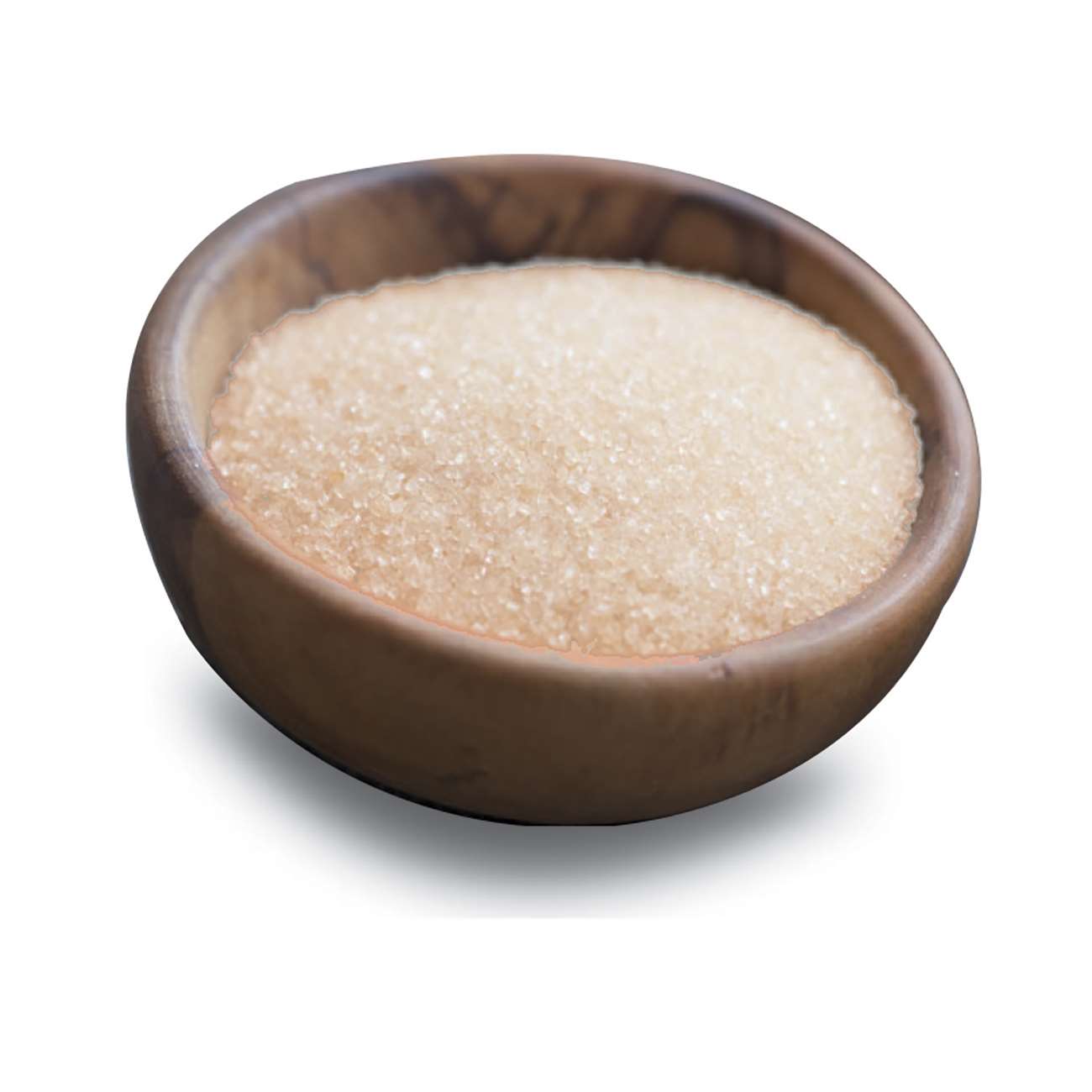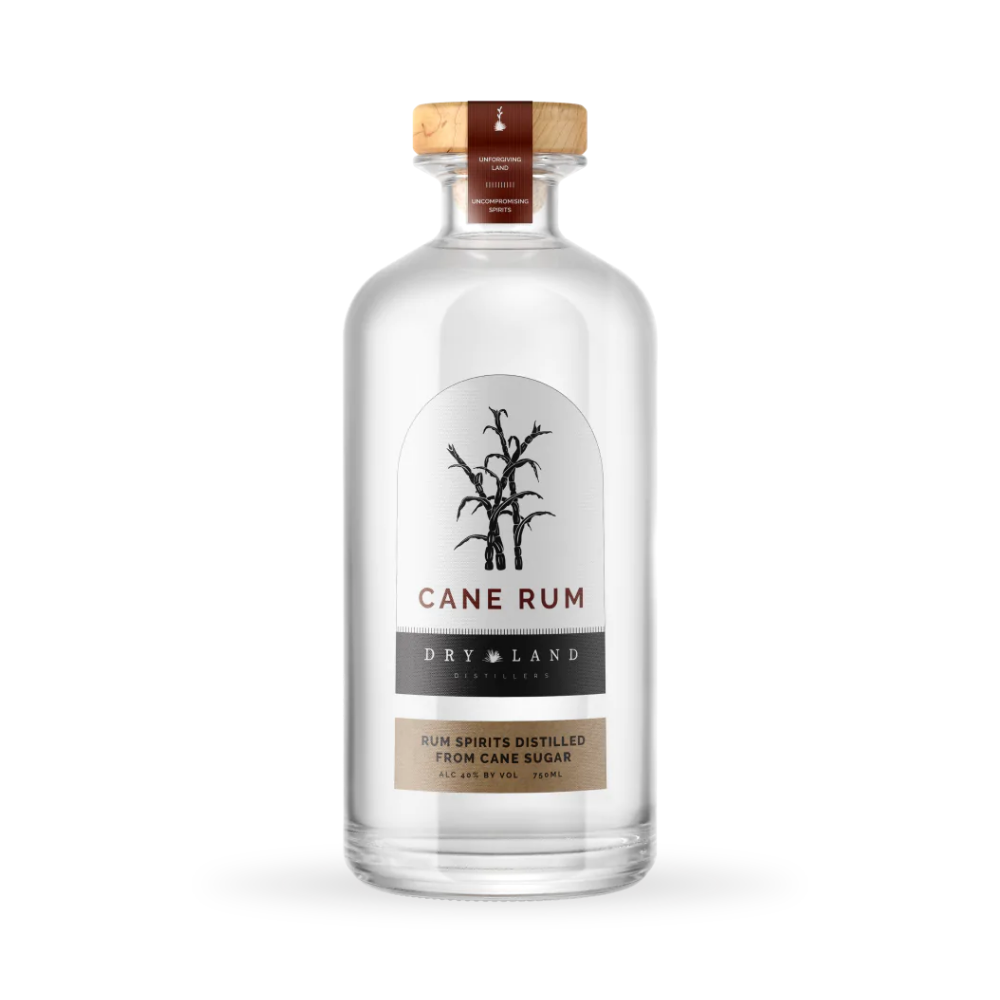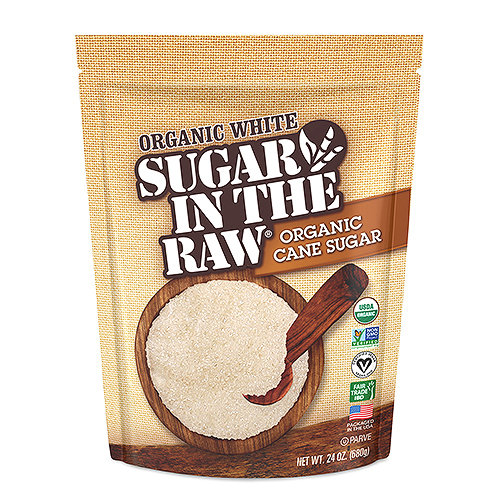The Trip of Cane Sugar Processing: From Harvest to Crystals
The Trip of Cane Sugar Processing: From Harvest to Crystals
Blog Article
Checking Out the Comprehensive Steps Involved in Cane Sugar Processing From Collecting to Improvement
The procedure of cane sugar manufacturing incorporates a collection of elaborate actions, starting with the cautious harvesting of sugarcane and finishing in the refinement stages that make certain the final item fulfills industry requirements. Each stage, from the removal of juice to the filtration and crystallization processes, plays an important role in determining the quality and character of the sugar.
Collecting Sugarcane
Harvesting sugarcane is an important action in the walking cane sugar handling chain, as it straight affects the quality and yield of the end product. Proper timing and strategies are vital throughout this stage to make sure optimum sugar content and reduce losses. Normally, sugarcane is collected when it reaches maturity, typically 12 to 18 months after growing, characterized by a high sucrose focus.

Post-harvest, the sugarcane needs to be refined swiftly to avoid sucrose destruction. Preferably, gathered walking stick needs to be delivered to refining centers within 1 day to protect sugar high quality. For that reason, reliable logistical preparation is essential to maintain the integrity of the harvested crop throughout the supply chain.
Removal Process

The smashed walking cane goes through a series of pushing operations to optimize juice recovery. Typically, warm water is sprayed onto the crushed walking cane, producing a countercurrent circulation that aids dissolve the sugar while also assisting in the removal process. The juice collected from this procedure has not just sugar however also various natural substances and pollutants.

To boost extraction performance, some centers may employ diffusion methods, where the sugarcane is taken in warm water, permitting the soluble sugars to diffuse right into the fluid. The resulting juice, abundant in sucrose, is after that routed to succeeding processing phases, laying the structure for filtration and improvement. The removal procedure is hence essential in identifying the high quality and yield of the final sugar product.
Purification Methods
The filtration methods utilized in walking stick sugar processing are necessary for changing the raw juice right into a top quality sugar product. These methods primarily aim to eliminate impurities, such as soil, plant products, and inorganic substances, which can adversely affect the final item's taste and color.
This process involves adding lime and warmth to the raw juice, which promotes the coagulation of pollutants. Additionally, the usage of phosphoric acid can improve the clarification process by more binding contaminations.
One more significant technique is carbonatation, where co2 is introduced to the made clear juice. This reaction produces calcium carbonate, which records staying impurities and look at here promotes their elimination.
Furthermore, triggered carbon treatment might be related to adsorb any type of staying colorants and natural impurities, ensuring a much more polished item. The combination of these approaches efficiently prepares the sugar juice for succeeding action in the refining procedure, setting the stage for the production of premium walking cane sugar.
Condensation Approaches
After the purification phase, the next vital step in cane sugar processing includes condensation techniques, which play a pivotal function in changing the made clear juice into solid sugar. This procedure usually uses 2 primary techniques: spontaneous formation and controlled condensation.
In spontaneous formation, supersaturated sugar services are enabled to cool down naturally, resulting in the formation of sugar crystals in time. This technique is less complex yet might result in uneven crystal dimensions and reduced pureness degrees. On the various other hand, controlled condensation is a more exact strategy where seeding, concentration, and temperature agents are diligently taken care of. This approach enables the consistent development of sugar crystals and greater pureness.
Throughout condensation, the cleared up juice is concentrated via dissipation, boosting its sugar web content till it gets to supersaturation. As soon as this point is accomplished, either method can help with the condensation procedure. Cane Sugar Processing. The resultant sugar crystals are after that divided from the staying syrup with centrifugation
Eventually, the choice of condensation method influences the top quality, size, and purity of the last sugar product, making this action necessary in the general walking stick sugar handling procedure.
Refinement and Packaging
How can the purity and quality of walking cane sugar be additionally boosted after crystallization? The refinement process plays an essential duty in achieving high-quality walking cane sugar.
Next, the sugar goes through a procedure called centrifugation, where it is spun at high speeds to divide the purified sugar crystals from the continuing to be fluid. After centrifugation, the sugar is frequently further fine-tuned via a method called carbonization or phosphatation, which makes use of activated carbon or phosphoric acid to eliminate color and off-flavors.
As soon as refined, the sugar is dried to achieve the preferred dampness content, making sure that find it remains stable throughout storage and transport. The last action involves packaging the refined sugar in closed and moisture-proof containers to preserve its high quality and protect against contamination. Cane Sugar Processing. Proper packaging not only prolongs life span but likewise promotes very easy handling and distribution, guaranteeing that customers get sugar that fulfills the highest possible criteria of pureness and top quality
Verdict
The detailed steps associated with cane sugar processing, from the meticulous harvesting of sugarcane to the intricate refinement and packaging phases, underscore the importance of each phase in making certain top notch sugar manufacturing. Optimum harvesting methods, effective extraction methods, and strenuous purification procedures jointly add to the end product's pureness and security. The formation and succeeding packaging practices further boost the honesty and shelf life of the sugar, highlighting the complexity and accuracy integral in this vital agricultural industry.
The procedure of cane sugar production incorporates a collection of elaborate actions, starting with the cautious harvesting of sugarcane and culminating in the refinement phases that make sure the final item fulfills market standards. Preferably, collected walking stick needs to be transferred to processing centers within 24 hours to maintain sugar top quality.In spontaneous condensation, supersaturated sugar services are allowed to cool down naturally, leading to the formation of sugar crystals over time - Cane Sugar Processing. The improvement process plays an important duty in attaining high-grade walking stick sugar.The comprehensive actions involved in walking cane sugar processing, from the meticulous harvesting of sugarcane to the intricate improvement and product packaging phases, underscore the value of each phase in ensuring high-quality advice sugar production
Report this page